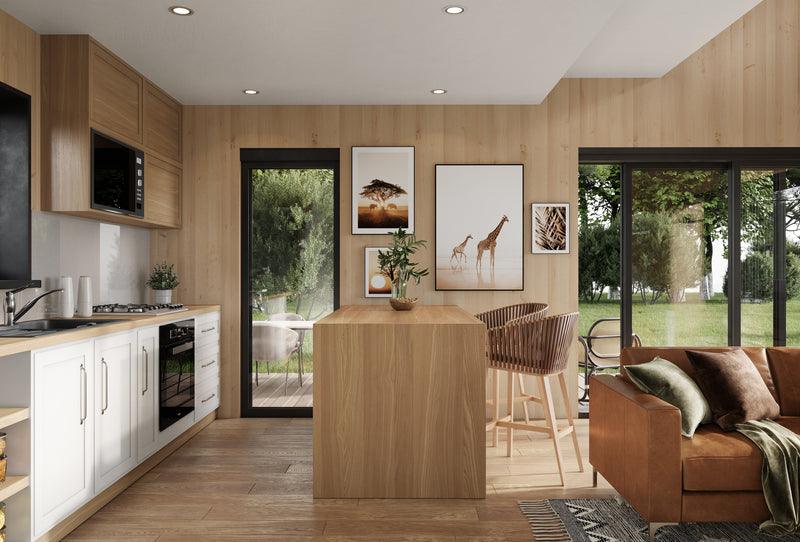Affordable Housing Solutions
Through sustainable materials and construction, CABN offers a housing solution that is affordable for individuals. The price of a CABN may be equal to or less than the down payment of a traditional house– a household making the average annual income for the region can afford a CABN and have monthly payments, not above 30% of net income. After construction, CABN continues to be affordable, with less energy and maintenance expenses required.







